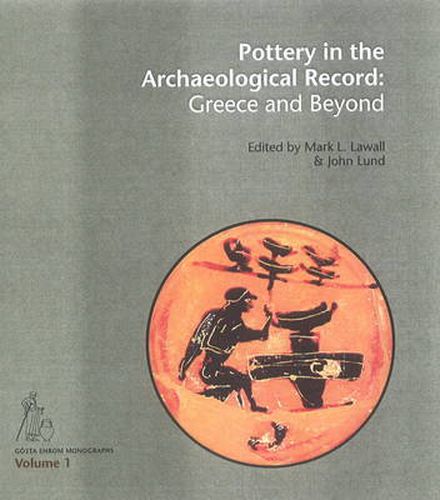Readings Newsletter
Become a Readings Member to make your shopping experience even easier.
Sign in or sign up for free!
You’re not far away from qualifying for FREE standard shipping within Australia
You’ve qualified for FREE standard shipping within Australia
The cart is loading…






Archaeologist are increasingly focusing on the transformation of artefacts from their use in the past to theri appearance in the archaeological record, trying to identiy the natural and cultural processes that created the archaeological record we study today. In Classical Archaeology, attention to these processes received an impetus by J. Theodore Pena’s 2007 monograph, Roman Pottery in the Archaeological Record, which considered how ceramic vessels were made, used and stayed in use serving various secondary purposes, before finally being discarded. Pena relied mainly on evidence from Roman Italy, which raises the question of the impact of similar cultural forces on pottery from other periods and places. His work accentuates the need to continue the process of building and developing explicit interpretative models of ceramic life-histories in Mediterranean archaeology. With a view to beginning to address these challenges, the editors invited a group of specialists in the pottery of Greece and the rest of the Eastern Mediterranean to a colloquium in Athens in June 2008, asking the contributors to reconsider Pena’s general models, approaches and examples from their own particular geographic and cultural perspectives.
$9.00 standard shipping within Australia
FREE standard shipping within Australia for orders over $100.00
Express & International shipping calculated at checkout
Archaeologist are increasingly focusing on the transformation of artefacts from their use in the past to theri appearance in the archaeological record, trying to identiy the natural and cultural processes that created the archaeological record we study today. In Classical Archaeology, attention to these processes received an impetus by J. Theodore Pena’s 2007 monograph, Roman Pottery in the Archaeological Record, which considered how ceramic vessels were made, used and stayed in use serving various secondary purposes, before finally being discarded. Pena relied mainly on evidence from Roman Italy, which raises the question of the impact of similar cultural forces on pottery from other periods and places. His work accentuates the need to continue the process of building and developing explicit interpretative models of ceramic life-histories in Mediterranean archaeology. With a view to beginning to address these challenges, the editors invited a group of specialists in the pottery of Greece and the rest of the Eastern Mediterranean to a colloquium in Athens in June 2008, asking the contributors to reconsider Pena’s general models, approaches and examples from their own particular geographic and cultural perspectives.